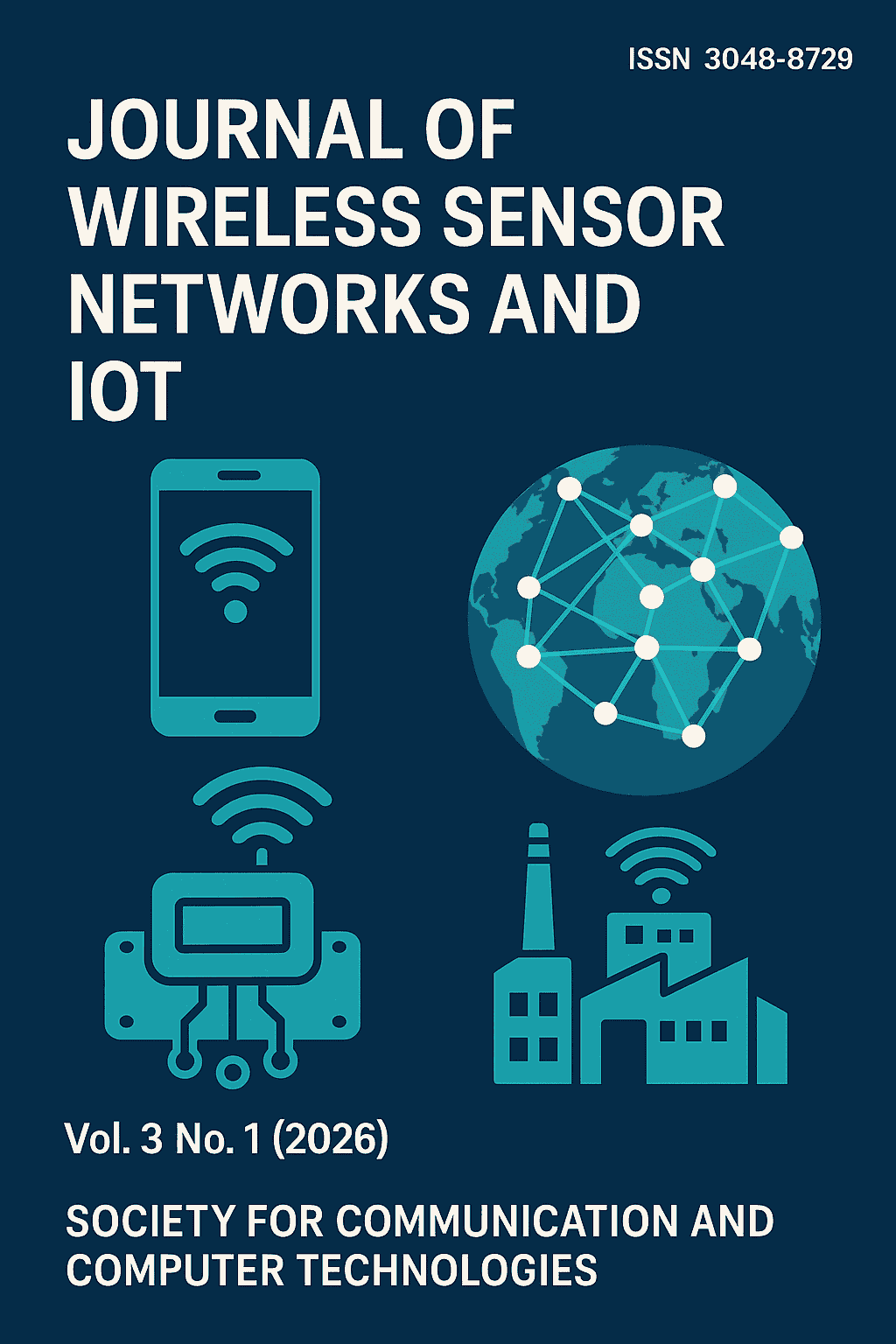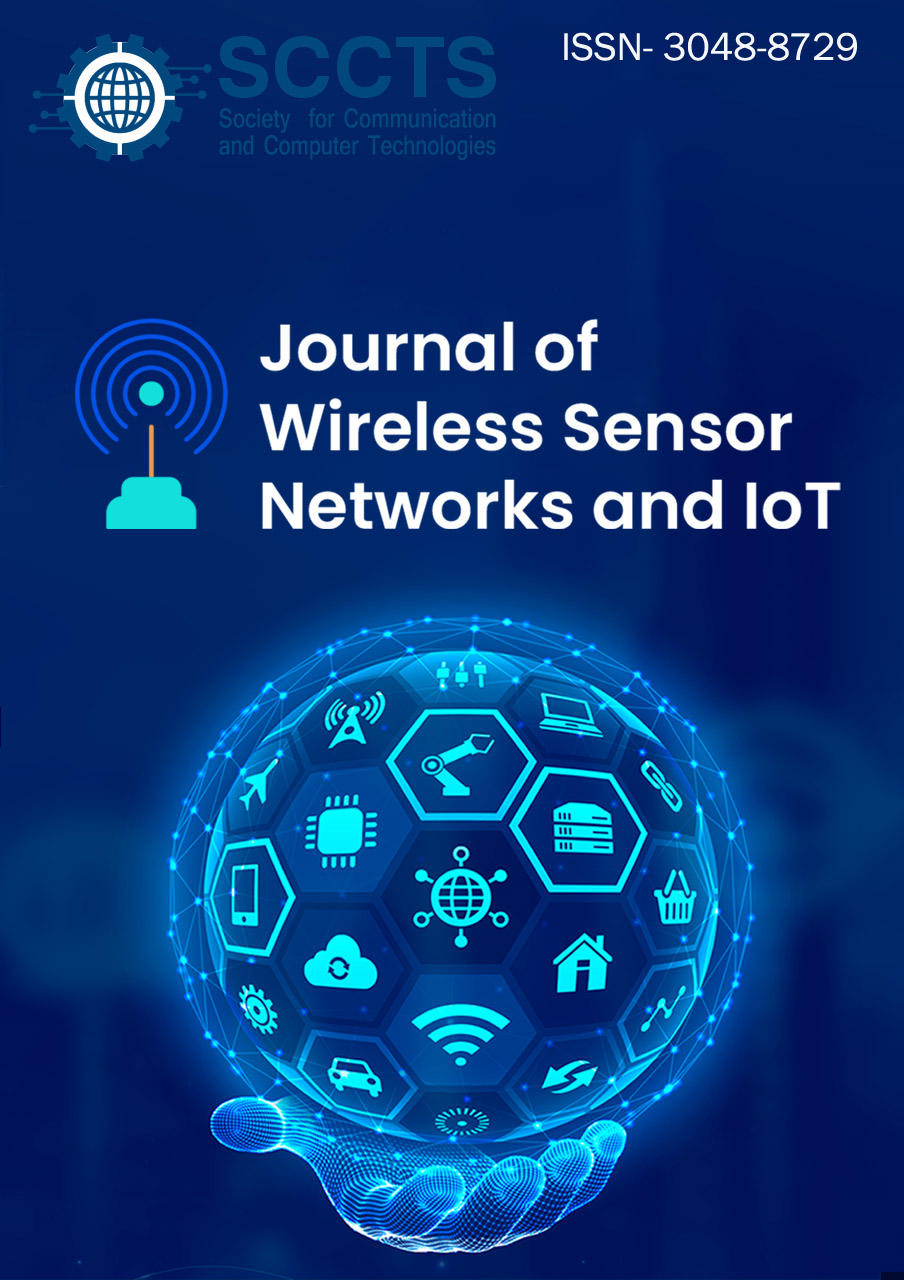Blockchain-Enhanced Security Framework for Federated Wireless Sensor Networks in Smart City Infrastructures
DOI:
https://doi.org/10.31838/WSNIOT/03.01.08Keywords:
Blockchain Security, Federated Wireless Sensor Networks (FWSNs), Smart City Infrastructure, Lightweight Consensus Mechanisms, Trust Management in IoT, Secure Federated Learning, Edge Computing, IoT Data Integrity, Smart Contracts, Attack Detection in WSNs.Abstract
The growth in smart urban facilities necessitates safe and expandable structures of wireless sensor networks that uphold the disseminate cognition and instantaneous receptiveness. Federated Wireless Sensor Networks (FWSNs) permit the decentralised data collection and distributed learning but open up the complex issue of management and trust, of data integrity, and authentication of the nodes involved because they are both heterogenous and dynamic. We propose in this study a security framework based on blockchain technology that concerns a lightweight blockchain infrastructure combined with federated learning protocols to cope with these issues. The proposed system enables smart contracts to handle their secure access control, node trust management, and trust negotiations between sensor clusters, and invariant of auditing. With the deployment of Contiki-NG to simulate WSN and Hyperledger Fabric to orchestrate blockchain development, the architecture has been subjected to numerous smart city use cases, namely, control of the traffic and air quality supervision. Experimental findings indicate 92.% accuracy of Sybil attack and replay attack and the latency does not exceed 150 ms within a blockchain transaction despite up to 300 nodes. The solution design is also proposed to be low communications and computational overhead compatible with the real-time anomaly detection and data exchange in bandwidth and energy-limited mediums. This study shows that a combination of blockchain and federated learning can be used to ensure resilience, energy efficiency, and scalability of security architecture for existing critical parts of smart cities.






